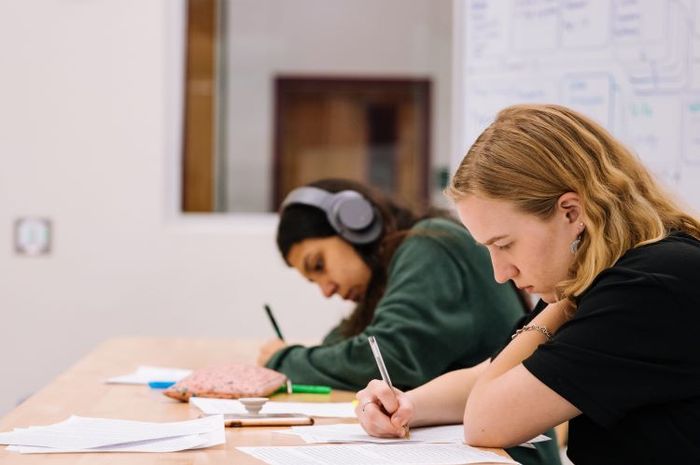(1) By 2050, there will be another two to three billion people on Earth, and the planet's population will consume twice as much food as now.
For 50 years farmland has grown at the cost of natural habitat and biodiversity, and already more than two thirds of agricultural land is either in use or protected.
(2) As a result, we need to develop the tech nology to double the output of the 10-15 main calorie crops, particularly if we are to alleviate the burden on developing countries of feeding a rapidly growing population, ar gues Jason Clay of the WWF in the journal Nature.
He makes some strategic suggestions -described as "food wedges"- for Africa, the continent that faces the greatest challenge of increasing food production.
Clay believes the responsible use of genetics is one of the keys. Mapping the genomes of staple food crops such as yams, plantains and cassava, and food crops such as genetic traits, can both increase production and improve drought tolerance, disease resistance and nutrient content.
(3) Improving agricultural inputs and prac tice is also essential, he argues. It currently take one litre of water to produce one calo ne of food.
Even if we halved water use and doubled production, food deficiency would still increase fourfold. Technologies already exist to achieve this, but in Africa they have often not been taken up.
Baca Juga: Pembahasan Soal Mencari Tujuan Penulis dan Analogi UTBK Bahasa Inggris
Mulching, for example, can help rebuild soil fertility and reduce water usage, and is suitable for use even in household gardens, without need for high tech tools.
Pertanyaan
1. Paragraphs 1 and 2 are related in that paragraph…
A. Set up a challenging situation, paragraph 2 on the need for technology.
| Penulis | : | Jestica Anna |
| Editor | : | Rahwiku Mahanani |

KOMENTAR